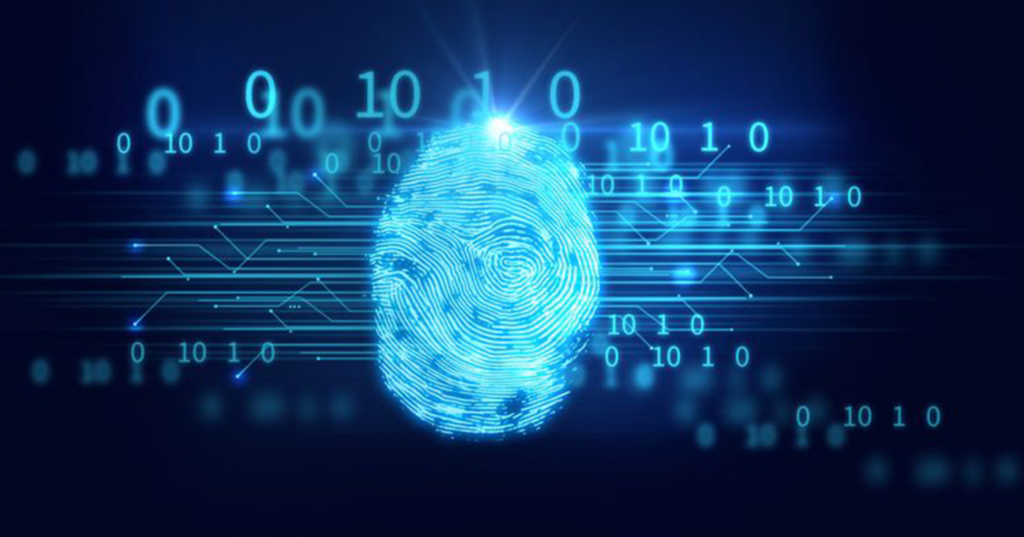AI Needs Data More Than Data Needs AI

In today’s fast-paced digital age, the buzz surrounding artificial intelligence (AI) and its transformative potential has reached a crescendo.
It’s Time To Reinvent Data Reconciliation

There is a need to look at data reconciliation from a broader perspective, beyond just matching records in a nicer and faster way with a better UI. Solving reconciliation problems is not just about the tool.
If Smartphones Exist, Then Why Not Smart Business Products?

According to a quote popularly attributed to Steve Jobs, “Design is not just what it looks and feels like. Design is how it works.
The Five Winning Attributes of a High-Quality Software Product

Buying specialized software can be a painful process, even if you already have some experience dealing with technology vendors.
Does Your Data Strategy Have You Walking Through The Trees But Looking For The Forest?

We don’t need to build a new forest, as we’re already in the data forest—we just need to realize it.
Blockchain – Data Governance 2.0

For most, Blockchain is associated with crypto currency, digital assets, tokenization, and decentralized finance – DeFi. A paradigm shift in the way we look at the transfer of assets – Value in Store. But, once we look at the underlying technology of Blockchain, beyond the shining layer of digital assets, a wave of new opportunities emerges, which has potential to solve some of the decades-old problems haunting every back office– Data Governance. In the last few years, organizations have spent millions on Data Strategy. This led to a great success in collecting data and applying it to uses that go far beyond just reporting. But Data Strategy did not address Data Governance from end to end effectively and did not excite or incentivize participant members and data sources enough to make it a true collaborative effort. However, Blockchain,also called Distributed Ledger Technology, is here to fill up this gap and noticeably compliment Data. For our purposes here, we consider data governance as all those processes and systems that ensure high-quality data across organizational units, provide data security, increase consistency, and manage regulatory risks. At the core of it, blockchain technology ensures that responsibility of keeping data consistent does not lie with just the owners of database. The life cycle of data, from its inception to current state, is validated by the participants at every step and any disruption in the consensus step will stop the data from going further up in its journey. Another important aspect of Data Governance is data ownership. In traditional Data Strategy world “Who owns the data?” is still a million-dollar question. Once it is in lake and ready to be extracted or analyzed, who is accountable for the quality and integrity of the data and is it fair to expect Data Lake/Big Data team to own it and understand it for every participant business? Blockchain provides an easy answer. There is no single owner of the data! Multiple enterprise data models will converge, collaborate, and partner in production of immutable, co-owned, golden copy of final state of transaction – the Enterprise Shared Ledger. Blockchain technology is tailor made for data governance. The potential to take the full audit trail of the data, along with its rules and embed it into the metadata, solves a wide range of data governance issues. Additionally, because blockchain networks constitute of cooperating peer organizations, they are suitable for the eco system where data governance is a common objective for mutual benefits, cross business data sharing as well as regulatory requirements of the data ownership. As with all technologies, there are some compromises made and workarounds to be created before considering it, but blockchain databases may well become the core of Data Governance 2.0. Vincilium will focus on converting the expensive, disjointed ecosystems of capital markets into seamless, collaborative, and secure Distributed Ledger Networks with main emphasis on interoperability and co-existence with legacy platforms
It’s Time for Real Time

Enabling Real Time DNA RECONCILIATION Most of us working in large organizations have always felt the presence of virtual walls between different businesses, platforms and systems. Despite having a common goal and sharing the same transactions life cycles, systems still operate in silos by processing and distributing data in different ways and formats. This results in a big problem of coming up with the golden copy of data which is achieved through an expensive, delayed and inefficient process of Data Reconciliations. As the world is moving towards shortening of the settlement cycles and fixing the breaks as they appear and not after the cut offs, this process has become even more critical. Real-time or near-real time processing support has become crucial as reconciliation technology expands beyond books and records to support cash management, risk management and trading. IS BLOCKCHAIN THE ANSWER? One of the most exciting technologies that has emerged in recent years is Distributed Ledger Technology, aka Blockchain. Blockchain’s ability bring transparency and data harmonization to existing disjointed and inefficient ecosystems revolutionize the way banks deal with data reconciliation. Gartner forecasts that blockchain will generate an annual business value of more than US $3 trillion by 2030. It is possible to imagine that 10% to 20% of global economic infrastructure will be running on blockchain-based systems by that same year Blockchain is a great enabling technology that can solve problems affecting all organizations by providing transparency, security, and trust in transactions. Blockchain offers three core benefits in the reconciliation process which are difficult to achieve through traditional technologies. o Real time data validation through smart contracts. As soon as the transactions are received from network members, smart contracts are executed on every node to make sure the transactions are matched/alleged or mismatched before blocks are created. This ensures transaction level reconciliation of data. o Common view of the transaction’s status through Distributed Ledger. Every network member gets access to their copy of ledger which is in complete sync with other ledgers. Users of all the member systems have full transparency of the reconciliation data sets in their nodes and all members own the same data. There is no need to rely on a third-party database or system to view real-time status of data reconciliation. o Immutable, permanent audit trail of transaction processing. A blockchain is designed to be immutable. The trust established between network of blockchain network ensures that data is legitimate and validated by every participant of the network. Blockchain is about data governance and process change and not just implementation. It represents a total shift away from the traditional ways of doing things. This even goes for industries that have already seen significant transformation from digital technologies. This poses a great challenge but also offers a huge opportunity to impact an organization by enabling standardization of data across the board with real-time transparency. Paradigm Shift Foundational technology of Blockchain has a much wider impact than just providing a better reconciliation tool. Rather than just looking at making reconciliation better, Blockchain addresses the core issue of why it is even needed. Ironically as it may sound, once implemented, Blockchain will ensure that all the systems are getting reconciled in background in real time, hence eliminating the need of a committed and centralized reconciliation process. The responsibility of keeping a book of records in sync will be shared among participating members through smart contracts and a shared ledger which is a golden copy of the records, hence enabling real-time processing as the core of the organization’s DNA. Vincilium’s flagship product BlocRecon comes with preconfigured smart contracts, quorum-based network and a framework to transform any post-trade ecosystem into a frictionless Distributed Ledger Network.
